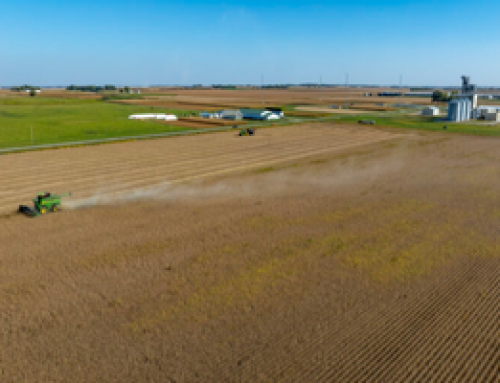By Carl Zulauf, Department of Agricultural, Environmental and Development Economics, Ohio State University and Gary Schnitkey, Jonathan Coppess and Nick Paulson, Department of Agricultural and Consumer Economics, University of Illinois
One of the widely-watched variables tracked by the US Census of Agriculture is land in farms. This article is the first of two that examines changes in land in US farms between the Agricultural Censuses of 1997 and 2022. This quarter-century period is of interest because the 1996 Farm Bill enacted a fundamental change to US farm policy by eliminating acreage set aside programs that in various forms had existed since modern US farm support policy began in 1933, thus giving farmers, with a few exceptions, the freedom to decide what crops to plant and not plant. Since this seminal change in US farm policy, land in US farms has declined by 74.7 million acres or -8%. By far, pastureland declined the most, accounting for 88% of the total decline. The other two major farmland categories also declined: woodland by -6% and cropland by -2%.
Land in Farms
The 1997 Agricultural Census reported 955 million acres of land in US farms (see Figure 1). Cropland, defined as harvested plus abandoned and failed farmland, accounted for 34% of these acres, with woodland accounting for 8% and pastureland for 52%. These three categories totaled 94% of all land in US farms in 1997.
Acre Change from 1997 to 2022
The 2022 Agricultural Census reported 880 million acres of land in US farms, or 75 million fewer acres than the 1997 Agricultural Census (see Figure 2). Cropland and woodland declined by roughly -5 million acres while pastureland declined by -65 million acres. Pastureland accounted for 88% of the total decline. Definitions are nearly identical between 1997 and 2022 (see Data Note 1). Therefore, a change in definition is not explaining the decline of land in US farms.
To read entire report, Click Here.




